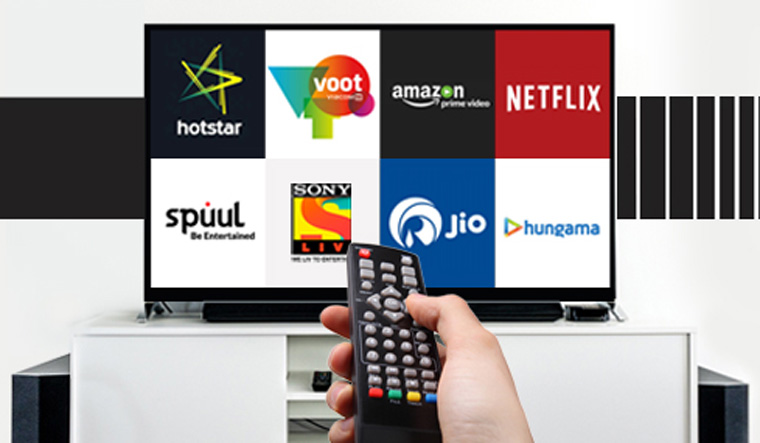India will have more than 200 direct SVOD subscriptions or 1 in every 4 broadband subscribers will pay for online content by 2026 even as the country’s total video market will see 9.5 percent CAGR over the next five years to become $18 billion revenue opportunity, Singapore-based Media Partners Asia (MPA) said.
Making the introductory presentation to APOS India conference on the opening day of the two-day event, organisers MPA also said enrichment of online viewer experience by both fiber broadband and 5G will compel more premium niche and English TV channels to move online, opening up a market for premium SVOD audiences.
APOS India Summit is part of the Asia Pacific video operators summit franchise.
Pointing out that subsidized telco bundles and growing investments in local original content have opened up the subscription market opportunity, MPA said that India’s total video market, presently valued at $11.6 billion will be one of the fastest growing video markets globally to be a $18 billion revenue opportunity.
It also opined a buoyant economy with a sustained 6-7 percent average growth in GDP will drive ad revenues both for television and online video. But growth in future subscription revenues, however, will come largely from online video — which in a way is a damper for linear business.
“As the market expands, we will continue to see more consolidation, particularly in (the) traditional television sector, but at the same time entry of new foreign players will continue to expand the video pie and the share of online video,” the MPA presentation stated.
Though presently, 30 percent of the content investments by OTT players go towards commissioning or acquiring local originals, in coming years this share could increase to 40-45 percent.
UGC Explosion:MPA also saw an explosion in UGC or user generated content, thanks to a slew of home grown short video services that are “identifying new audience cohorts” and creating deeper engagement in rural India that can be primarily attributed to the use of native languages by creators on these platforms.
Interestingly, in the last 15 months these UGC platforms collectively have secured nearly $2 billion worth of investments, much of which is used to fuel India’s burgeoning creator economy, MPA said, adding creator’s today were making on an average anywhere between $2,500 to $ 65,000 monthly, depending on their popularity and target market.
“This is powering the growth of the influencer marketing segment in India, which currently stands at $120 million, but should triple over next five years to $350 million,” MPA said.
Sports: As Indian sports viewership is primarily driven by cricket, MPA said as over the next six months three marquee cricket rights — IPL, BCCI and ICC — come up for renewal, the outcome of the winning bids could reshape the competitive landscape in the video market.
MPA estimated that the value of the next round of IPL rights could touch $4.5 billion as against $2.2 billion in the last cycle. Besides of course Star-Disney, other strong contenders, according to the Singapore research company, include Reliance, Amazon, Sony, Facebook and Google.
Collaboration could be the name of the game given the higher valuation of rights. The final value and ownership of each of these rights can alter business dynamics and the current pecking order of players in both television and online video. The outcome of the renewal of these rights is something to look out for next year.
Fiber Broadband, 5G & Opportunities:With extensive rollout of fiber and then 5G services, which would enrich the consumer experience for viewing online video at higher resolutions on big screen TV, more premium niche and English TV channels could be compelled to move online, opening up a market for premium SVOD audiences.
This segment, though contributing just 11 percent of SVOD subscribers, has the potential to garner 1/3rd of the online video subscription revenues.
MPA estimates in the next five years India’s subscriber base in the fiber home broadband segment to more than double from 16 million in 2021 to 34-35 million in five years, accounting for more than 90 percent of the total fixed broadband base in 2026.
It is also estimated 5G services would roll out some time next year and rapidly scale up to surpass 100 million 5G subscribers by 2025.
Now, these fiber and 5G services will also likely accelerate the proliferation of connected TV devices from Smart TVs to hybrid STBs and even dongles. Presently, India has 5 million daily active users on connected TV homes, which, by 2026, will grow more than 6 fold to 33 million daily active homes.
With increase in penetration and engagement, it also opens up new opportunities in connected TV advertising. MPA said presently banner and video ads are two primary formats of CTV ad monetization, but with the future holding, the scope to introduce new immersive and interactive ad experiences such as moment marketing could be possible.
“We expect connected TV advertising will account for nearly 7.5 percent of a growing TV advertising market by 2026,” MPA forecasted.
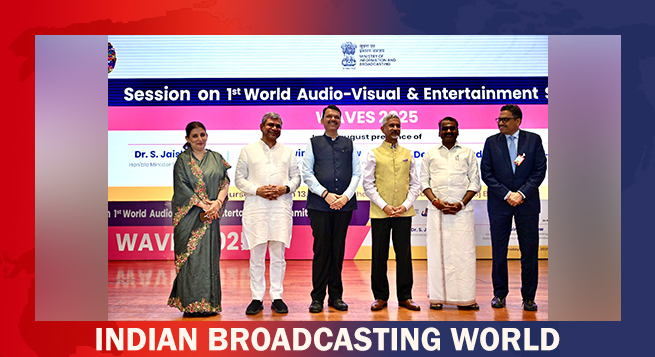 Top India Ministers pitch WAVES ’25 to foreign envoys in New Delhi
Top India Ministers pitch WAVES ’25 to foreign envoys in New Delhi 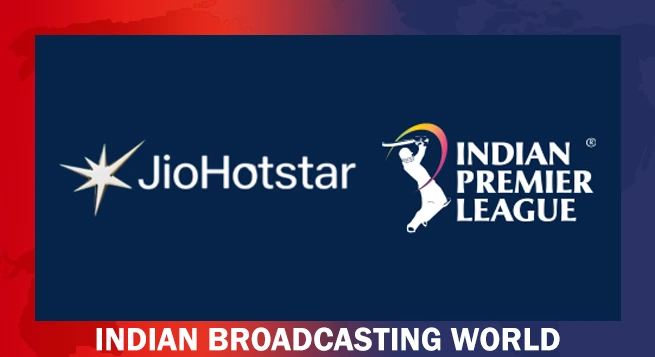 JioStar secures 20 top brands for TATA IPL 2025
JioStar secures 20 top brands for TATA IPL 2025 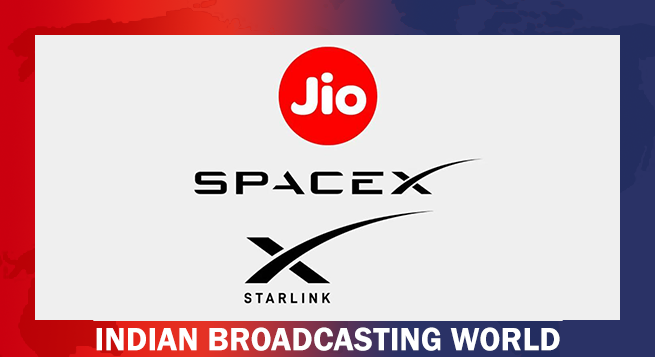 After Airtel, Reliance announces pact with Starlink
After Airtel, Reliance announces pact with Starlink  In a surprise move, Airtel joins hands with Musk’s Starlink for India
In a surprise move, Airtel joins hands with Musk’s Starlink for India 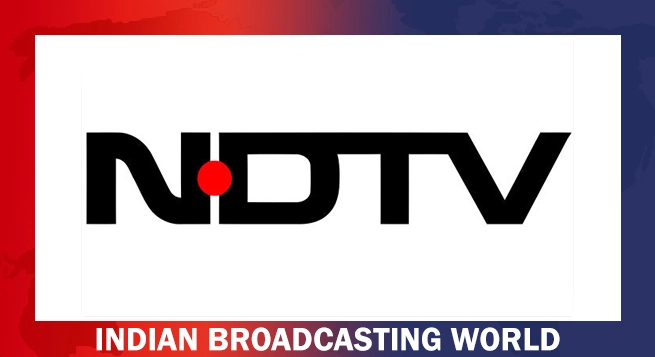 NDTV MPCG conclave showcases vision for growth and innovation
NDTV MPCG conclave showcases vision for growth and innovation 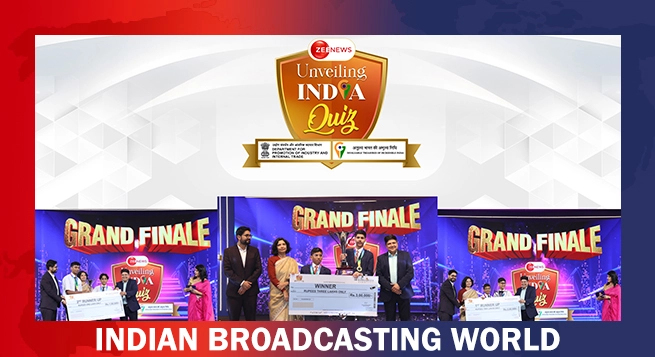 Zee Media’s ‘Unveiling India Quiz’ concludes with grand finale
Zee Media’s ‘Unveiling India Quiz’ concludes with grand finale 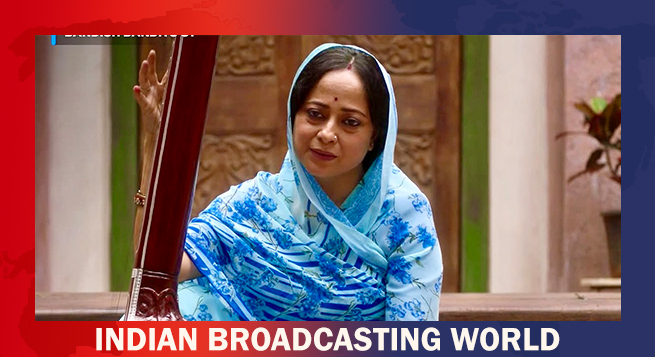 For Sheeba Chadha, films, web series are the same work-wise
For Sheeba Chadha, films, web series are the same work-wise  YRF’s ‘War2’ to release in theatres Aug 14
YRF’s ‘War2’ to release in theatres Aug 14  KALP Foundation, WION unveil ‘Token: Money Magnet’
KALP Foundation, WION unveil ‘Token: Money Magnet’ 


